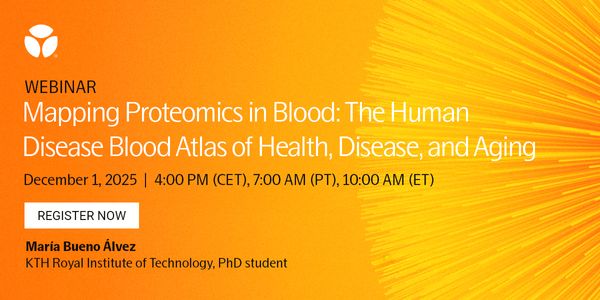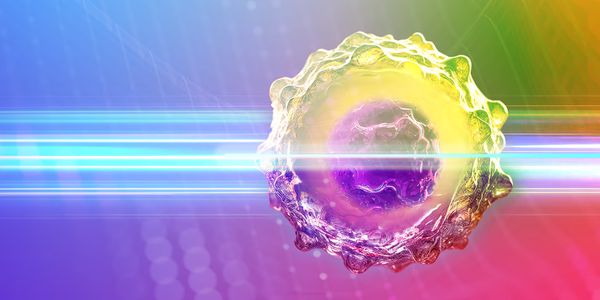Keynote: Biochemical Markers of Bone Turnover in the Management of Postmenopausal Osteoporosis
-
Paul D Miller, MD
Distinguished Clinical Professor of Medicine, University of Colorado Health Sciences Center Medical Director Colorado Center for Bone ResearchBIOGRAPHY
Bone turnover markers (BTM) are biological markers of bone remodeling (turnover). The entire skeleton is replaced every 10 years by remodeling, a process constantly going on at different phases throughout the skeleton (Figure 1). The purposes of remodeling are to repair the microcracks that occur in the skeleton with daily mechanical loading.
From these bone remodeling cavities proteins (BTM) are released into the circulation and can be measured by radioimmunoassay or immunoassay. (Figure 2)
The clinical evidence is consistent that these markers are useful for:
1. Determining the rate of bone turnover (high bone turnover is an independent risk factor for osteoporotic fracture) and predicting the rate of bone loss.
2. Assessing response to osteoporosis treatments (both anti-resorptive as well as anabolic agents). The change in the BTM after the initiation of treatment occurs rapidly-within 3 months of starting therapy and, therefore, provide much earlier information on compliance, and a bone effect than bone mineral density (BMD) which requires 1-2 years to see a measureable change. A change in the BTM also predicts improvements in BMD and predicts fracture risk reduction
Two large international groups: The International Osteoporosis Foundation-International Federation of Clinical Chemistry and The National Bone Health Alliance-American Association of Clinical Chemistry both have both endorsed, based on evidence, that the preferred BTM for bone formation is the propeptide type I collagen (PINP) and for bone resorption the collagen cross-link, C-telopeptide (CTX).
Keynote: Biochemical Markers of Bone Turnover in the Management of Postmenopausal Osteoporosis
Please update your information
Certificate of Participation
DOWNLOAD CERTIFICATE






